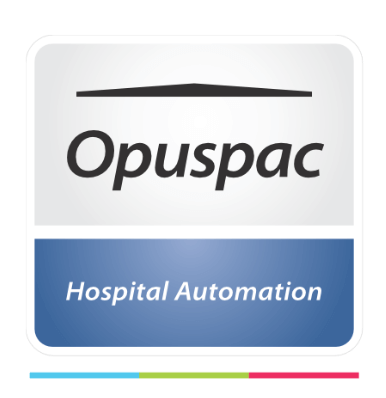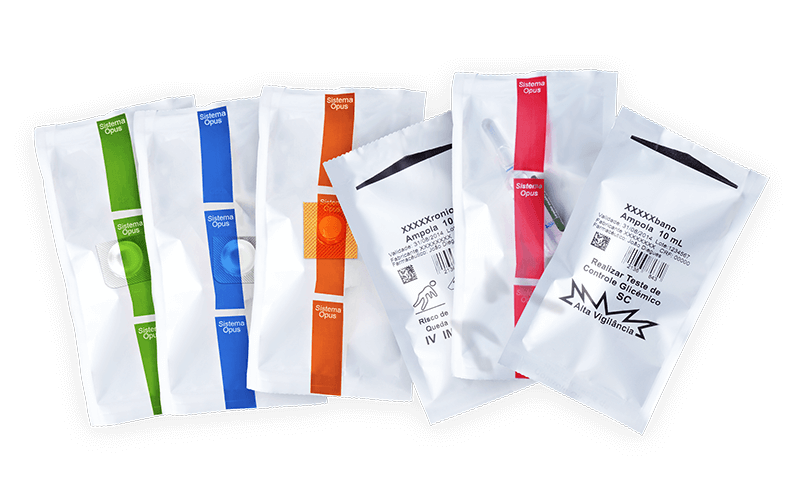Defining processes and standardizing procedures is an objective to be achieved within the activities of the hospital and the hospital pharmacy. We know that a high percentage of Adverse Events comes from a communication failure. Problems of similarity in medicines must be attacked, there´s a large number called LASA (look alike and sound alike), producing the necessary differentiation of the packages and communicating the main information, even with redundancy according to the rules of safety of operations.
These recommendations are based mainly on the US Institute for Safe Medication Practices (ISMP) documents, other readings with similar content that which objective is to improve communication between the Hospital Pharmacy (HP) and other sectors, preventing errors and alerting. Here fits the information that it is responsibility of the HP to differentiate the packages that will transit inside the hospital and to educate the nursing staff.
The improvement of quality and the decrease of Adverse Events (AE) can only be given when all the information delivered to the nurses is adequately expressed and presented, to comply with the certain 5.
As any safe and reliable system, there must be two systems working simultaneously. That´s why we define the bar code (BC) as the main element, which would be the main parachute and the reading information of the Nurse, related to the Route of Administration and its procedure, as well as the alerts and warnings, the secondary parachute or of safety.
Would you jump off the plane, with only the main parachute, leaving the safety one in land?
Other industries are safer because they have redundancy procedures, where human action controls automated procedures. It’s what Dr. James Reason calls “The Human Contribution”, because only the electronics and algorithms fail to cover every real-life situation.
Let’s express our recommendations in a summary language:
- Always use the Name of the Basic Drug and do not include the commercial name of the drug.
- Never abbreviate the name of the drug.
- Do not use zeros to the right of the comma. For example, write 5 mg and never 5.0 mg. (If the coma is not out well printed you will be administering 10 times the required dose).
- Always place zeros to the left of the comma. For example, 0.3 mg and never .3 mg.
- write the word “Units” completely and never use the U. For example, 50 U can be read as 500.
- Enter Units for UI or international units.
- Include points to space the zeros from thousands. Example 5.000 Units.
- Do not use M to abbreviate thousands, as it can be misunderstood for millions.
- Write the word Thousands or Millions instead of using zeros. For example, 150 thousand instead of 150,000 and 150 million instead of 150,000,000.
- Avoid words from medical jargon and adequate simplify language.
- Do not abbreviate the manufacturer’s name.
- Do not use abbreviations. In case of use, follow the instructions:
- Use mL as milliliter.
- Use mg as a milligram.
- Write microgram and do not abbreviate as mcg.
- Do not use other abbreviations. They are not recommended by the ISMP and the Joint Commission.
- Do not place the Hospital logo. This will not help you to avoid mistakes.
- To write the name of the basic drug and the form of presentation or dilution, use the Arial font size 12 condensed (Bold). The Verdana font is also allowed, but it takes more space and you will be forced to abbreviate it.
- You can switch to a smaller 10 or 11 fonts for other recommendations and alerts.
- Use all uppercase letters, decreases the correct reading ability.
- Do not reduce the space between words and always look for a clean and clear text.
- Always use number and not text to express quantities.
- Use text only in horizontal mode.
- Increase the space between lines to the maximum.
- Always use black ink on a white background. The other combinations have less reading definition.
- Always include the form of Administration, in detail, especially when it is not via Oral.
- Use Alerts and Warnings.
- Do not put too much information in, as it may reduce the clarity of the message.
- The Opuspac system places only 3 reading fields in the large packages. More information no longer helps.
- This system provides in its database a list of 70 Layouts or information of Way of Administration, Alerts and Warms already related to more than 700 medicines.
- It also provides more than 150 drug names in a combination of uppercase and lowercase letters, following the recommendations of the ISMP for LASA drugs helping to differentiate the packages.
- This information is open to any interested part.
- In addition, uses figures designs, studied to call the reader attention and it goes with a text to identify the message with precision.













